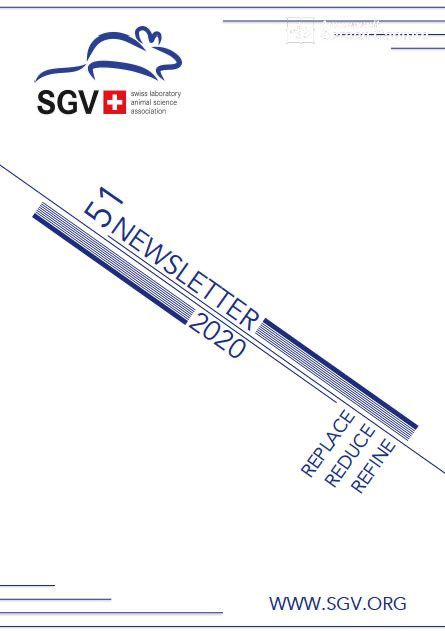SGV: "Since 1987 an intermediary between animal welfare and research for the benefit of humans and animals"
The Swiss Laboratory Animal Science Association (Schweizerische Gesellschaft für Versuchstierkunde SGV) was founded in 1987. We serve as intermediary between animal welfare and research for the benefit of humans and animals. We are a key partner for the authorities, scientists and the public. We are dedicated to promote the 3Rs (REPLACE, REDUCE, REFINE) and the animal welfare and ethical considerations in animal experimentation.
We organize, support and offer:
- 2-day scientific meeting and symposium at the annual meeting of the Life Sciences Switzerland (LS2).
- Different networks and working groups promoting the SGV's goals
- Annual prize to an outstanding contribution to the 3Rs and animal welfare in the field of laboratory animal science.
- Financial support to young researchers attending training courses or meetings and persons who actively promote and implement the 3Rs
- Financial support for projects related to the goals of the SGV with the “SGV 25 years fund"
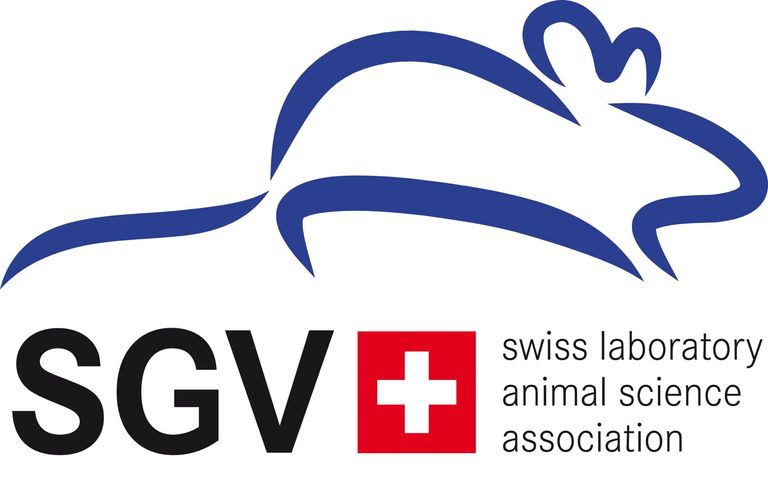
We are looking for an industry representative & an academic representative to join the SGV Scientific Committee (SC)
Are you a veterinarian, or a scientist working with animals or an animal caretaker by training?
Do you want to be part of a team of 8 people highly motivated and dedicated to the education and continuous training of all stakeholders of animal experimentation?
If you are interested to join us, please send your CV and motivation letter to the head of the Scientific Committee: isabelle.desbaillets@sgv.org
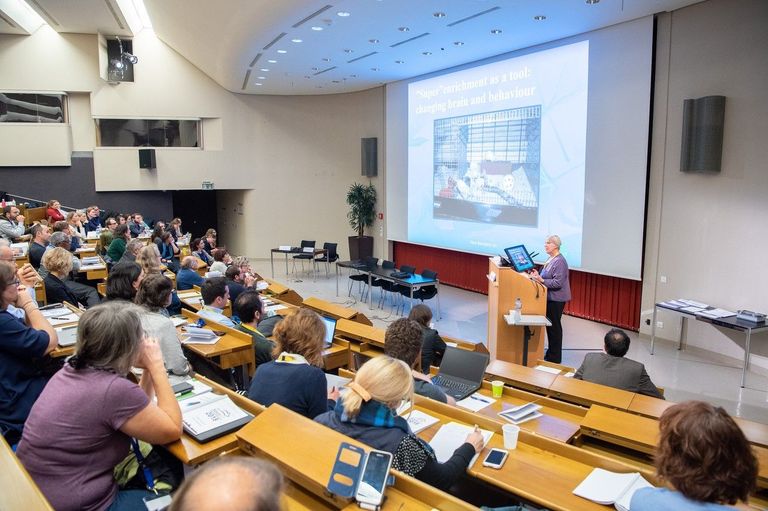
Save the date for the SGV Meeting 28/29 Nov. 2023 in Zurich
SGV's annual meeting will take place on 28-29 November 2023 at the Technopark in Zurich.
Check out the exciting programme we have prepared!
Registration is open under SGV Courses.
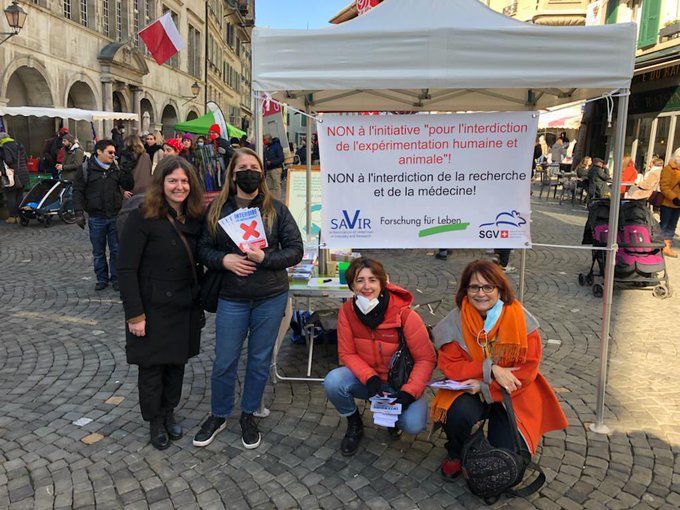
10 June 2023 - National Day of the Laboratory Animal
What do Parkinson's disease and mice have to do with each other? Why is the testing of new fish ladders, which will help fish to pass dams and waterworks, an animal experiment in Switzerland? To what extent do our pets benefit from the development of medicines for humans? How have animals helped in the development of vaccines against COVID-19 and cervical cancer? Why can it be unethical not to do an animal experiment? We answered all these questions at the first Swiss National Day of the Laboratory Animal on June 10th, 2023.
We had stands at:
- Basel (Schifflände, Amazonestatue)
- Zurich (Bahnhofstrasse, Pestalozzianlage)
- Fribourg (near the train station)
The three associations Swiss Society of Veterinarians in Research and Industry (SAVIR), the Swiss Society for Laboratory Animal Science (SGV) and Research for Life (FfL) are happy to take your questions!
Follow us on Twitter via #Transparency #AnimalExperimentation #CH-NIDEA
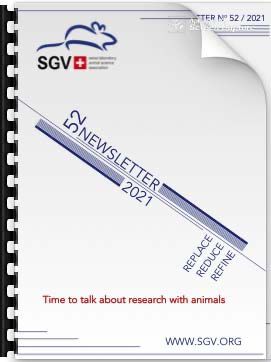
SGV Newsletter #52 2021
It is time to talk about animal experimentation. With a SPECIAL ISSUE COMMUNICATION ON ANIMAL EXPERIMENTATION!
Publications:
Contatto
Società svizzera delle scienze degli animali da laboratorio (SGV)
c/o PD Dr. Birgit Ledermann
Novartis
Casella postale
4056 Basilea

